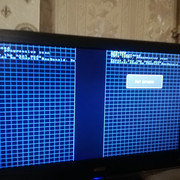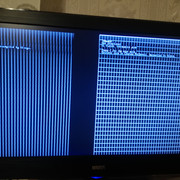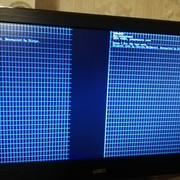Anyone have a SCART input built directly into their TV? The last test I would like to perform is trying to obtain a 480P signal via a SCART cable plugged directly into a TV. I assume this is safe but I have no idea. Any volunteers?
I tried that before and it simply won't sync as the TV only expects 480i signal in the SCART input. However, this may be different from TV to TV.
If I wire up VGA output on the Saturn using the hsync and vsync pins from the vdp2, then it will work in anything with a VGA input (tv, lcd monitor, crt monitor), but of course 480i will not display on those (it would need one of those multisync monitors that accepts 15KHz input to work with both).
However with SCART -> OSSC -> HDMI, all the modes work. As long as you use a decent cable. If you use a cable with a sync splitter built in, the progressive modes may not work, the sync signals produced by the splitter will be bogus. But with the official European cable it works (even with NTSC machines since the OSSC doesn't look at the rgb selection pin).



